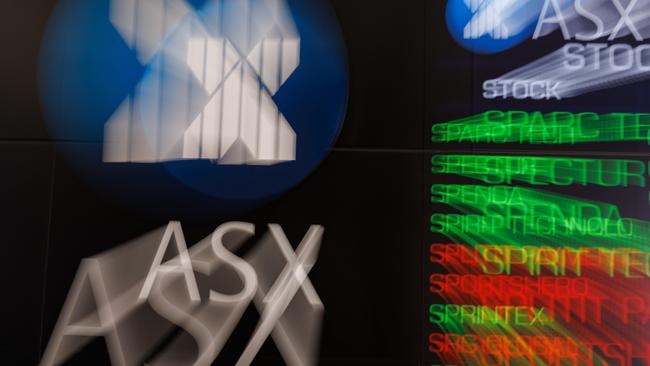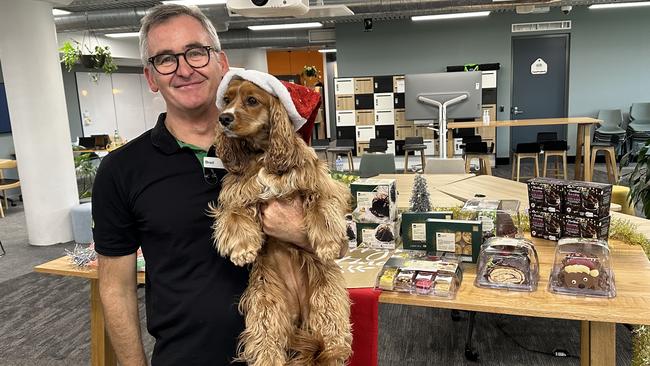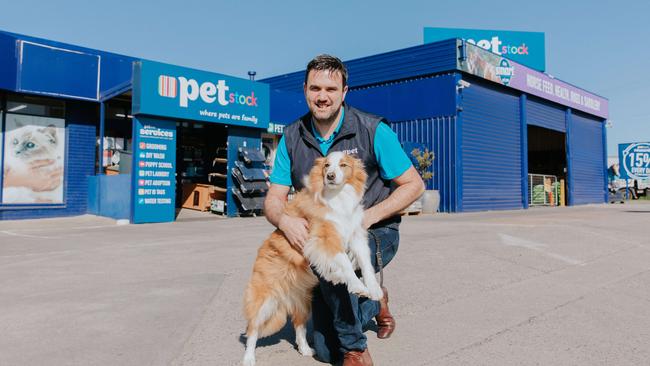
The investigation follows the ASX’s new chief executive Helen Lofthouse last month abandoning the $250m, much-maligned upgrade of the so-called legacy CHESS system, which from the start was promoted as setting up the exchange up for clearing and settlement in the next few decades and dramatically speeding up share transactions.
The move marks a turning point in how the ASX is regulated. At the end of the process it could be a different exchange operator, regulated more like a bank, with lower returns and an overhauled business model.
Lofthouse already fronted politicians this month to explain why the project she inherited went badly off the rails, but now attention will focus squarely on its CHESS platform. This system was built and installed around the same time Windows 97 was launched – and it continues to deliver the backbone of clearing and settlement today.
The two regulators last month hit the roof at the lack of back-up options in the CHESS replacement project and the time taken – seven years – for the operator to come to the realisation it was on the wrong path.
But there’s another motivation for the regulatory squeeze outlined on Thursday: both the RBA and ASIC need to show they are playing tough.
This is to head off suggestions from Canberra the two should have pushed the ASX harder for answers on the project as the delays and excuses kept piling up.
Now the two have put the ASX on notice: they are going to be breathing down its neck.

ASIC ordered a full independent review of the CHESS platform be undertaken by Ernst & Young into the reliability of the system and to ensure it is getting enough investment. This is the first time ASIC has used its powers against the ASX in such a way.
At the same time RBA governor Philip Lowe has issued a list of demands, including that the ASX make a public undertaking that it has the resources to support the ongoing operation of the CHESS system. This includes ensuring it has enough tech experts on hand who are familiar with the older coding underpinning the platform. The ASX also needs to spell out its back-up plan in the event that the CHESS replacement system is not delivered and the current platform is compromised.
Significantly they have also ordered the ASX to provide the regulators “with full and unfettered” access to their new technology partners for the CHESS replacement project and contractually require their delivery partners to co-operate with the regulators.
This underscores suspicions that former partner, the US start-up Digital Asset Holdings, was not up to the task of building the new ASX platform.
At the same time the exchange will need to get governance advice to allay broader concerns that the commercial interests of ASX Ltd and the financial stability operations of clearing and settlement are in conflict. A negative finding on this could see a possible break-up of the ASX over time or a ring-fencing of its clearing arm.
This column has said that ASX’s challenge as it goes about a replacement will be to rebuild confidence with regulators and investors. It’s a bad situation for growth of the nation’s financial system for the operator of monopoly financial infrastructure to have lost trust. Lofthouse says she will work with the regulators on the demands.
“Maintaining the stability, security and high performance of current CHESS, which is critical to the operation of Australia’s financial markets, is an ASX priority,” she says.
“ASX is confident that current CHESS will serve the Australian market well into the future.”
–
Pet project
Dog parent and Woolworths boss Brad Banducci will eventually leave Woolies with a bigger legacy than Roger Corbett, spending much of his tenure reshaping the supermarket major into a high-performing retailer.
Much of the work he has been doing since taking charge in 2016 has taken place under the hood rather than in the store, including building out smart warehousing, delivery services and doubling down on digital. He has also overseen the exit of problem assets such as gaming (Endeavour) and hardware (Masters).

Which is why an incremental move into the petcare business suggest that Banducci – like most pet owners – was led more by the heart than the head.
Banducci has paid $586m for a 55 per cent stake in the owner of PETstock retailing business, giving it a foothold into the fast-growing specialty pet food sector.
However, the deal, which values the business at a full $1.7bn including debt, looks to have been struck just as the nation’s Covid pet obsession has passed its peak.
PETstock owner Petspiration has some 276 retail stores – mostly in Victoria – and 65 vet clinics that deliver higher margins. It also operates 162 grooming salons, which remains another growth option, and has a 2.4 million member loyalty program, which will see some overlap with the 13 million Woolworths loyalty members.
The deal comes on the heels of AustralianSuper and Canadian pension fund Healthcare of Ontario this year buying a 45 per cent stake in rival pet retailer Petbarn, which owns the Greencross vets business, valuing the bigger player at more than $3bn. Greencross operates 147 clinics for vet services and 239 stores for pet care.

Rival Wesfarmers had also eyed a move on Greencross, but instead used its cash pile to outbid Woolworths for pharmacy chain Priceline. Wesfarmers eventually paid $764m for the business.
Woolworths’ talks with Petspiration’s private owners had been going 18 months back, but were placed on hold during the Priceline push. They were resumed and Woolworths raised cash this week through the $636m sale of its stake in Endeavour Group, the listed pubs and Dan Murphy’s liquor business that demerged from Woolworths last year.
Now Banducci really needs to show investors he can make Petspiration work. This involves capturing the growth in the pet market just as a reinvigorated Greencross expands rapidly.
The Woolworths boss says the mega trends of pet ownership aren’t just a Covid story, although the pandemic accelerated the trend. At the same time, better nutrition and healthcare means pets, like their owners, are living longer.
A 55 per cent stake makes it harder to secure efficiencies through distribution and moving Perspiration on the Woolworths digital and loyalty platforms. The business will continue to operate as a standalone unit run by founder and existing management team brothers Shane and David Young, who own the bulk of the remaining stake.
Petspiration’s top line numbers see it deliver revenue of $979m and earnings over the past year of $158m. This gives it a price tag of around 11 times last year’s earnings. The deal will face scrutiny from the competition regulator, which will consider whether Woolworths will have too much influence on the pet market through its supermarket sales.
Banducci says the acquisition isn’t a turnaround story, it’s a growth and value generation story. There are “material opportunities” to improve margins and earnings. He said the Young brothers had strong growth plans and had already delivered amazing things from the modest start of the business in Ballarat, Victoria in the early 1990s. “We really want to support and accelerate that growth,” Banducci says.
johnstone@theaustralian.com.au






The ASX is starting to understand what regulatory burn feels like after the Reserve Bank and ASIC ordered an independent probe into the reliability of the exchange operator’s ageing clearing and settlements system and effectively warned they would be involved in every step of the new replacement.